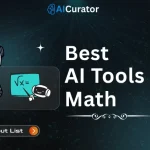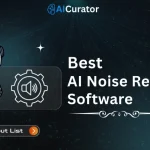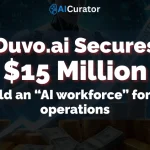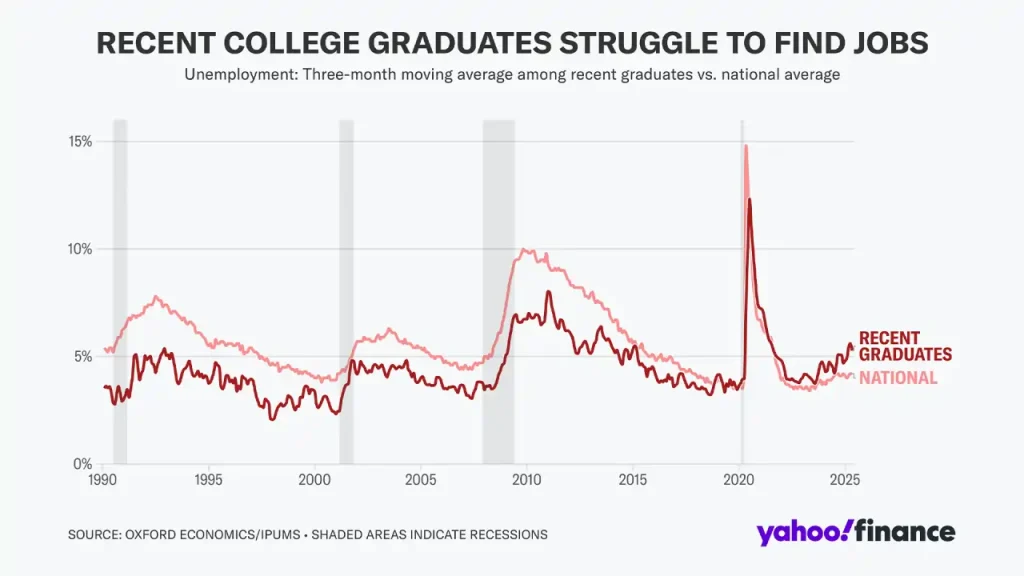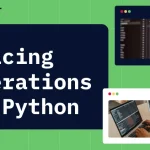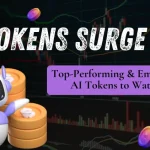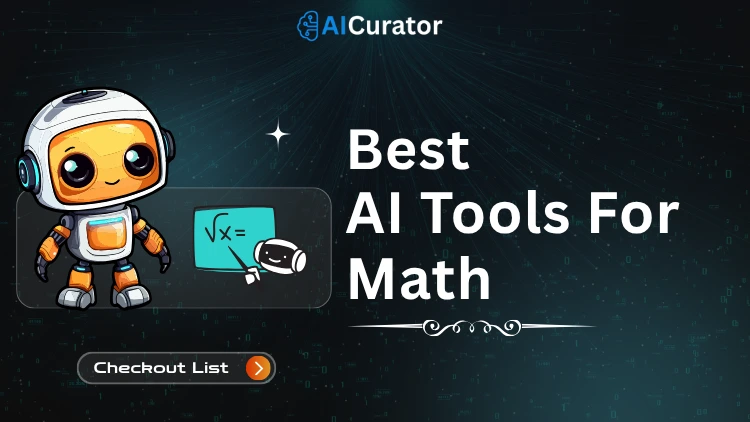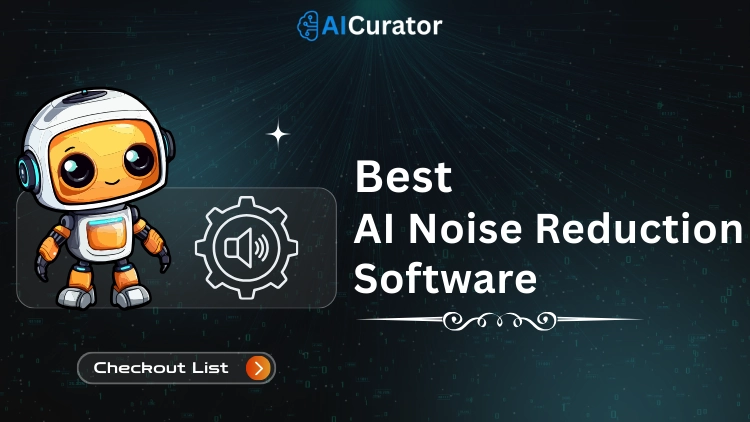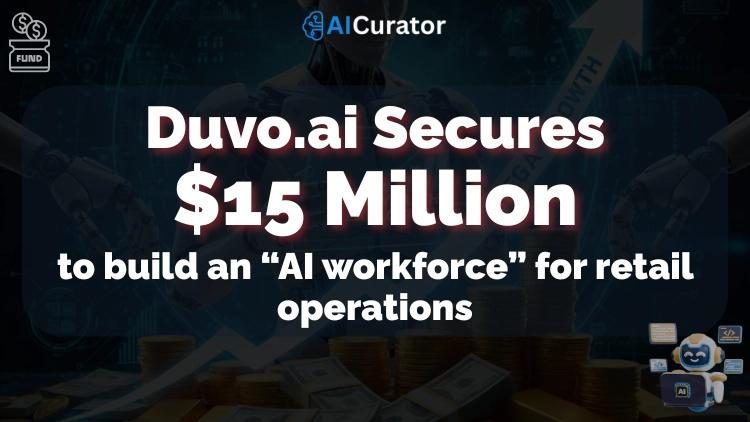Dario Amodei, CEO of Anthropic and one of the world’s top AI minds, has issued a blunt warning: artificial intelligence could wipe out half of all entry-level white-collar jobs within the next five years, spiking unemployment to levels not seen in generations.
As AI models like Claude, ChatGPT, and Gemini rapidly evolve, the debate over their impact on the workforce has shifted from “if” to “how soon”—and “how bad.”
“Unimaginable Possibilities”—and a White-Collar Bloodbath
Amodei’s message is clear: the AI revolution isn’t just about boosting productivity or curing cancer. It’s about the very real risk of mass job loss.
He predicts a four-stage crisis:
- Stage 1: Tech giants race to build LLMs that can match or surpass humans in more and more tasks.
- Stage 2: Governments, distracted by geopolitics and unrest, fail to regulate or warn the public.
- Stage 3: Businesses deploy these AIs at scale, replacing humans almost overnight.
- Stage 4: The public only realises the scale of the crisis when it’s too late—potentially with 20% unemployment, even as the economy grows and budgets balance.
Most people are unaware this is about to happen. It sounds crazy, and people just don’t believe it,” Amodei told Axios.
His scenario? A world where cancer is cured, GDP soars 10% a year, but a fifth of the population is jobless.
Is the Threat Real—or Just Hype?
Sceptics argue that Amodei’s predictions are exaggerated. Many AI models, even the latest, still make mistakes, hallucinate, and struggle with complex real-world tasks. The law of diminishing returns is setting in—each new model delivers smaller productivity gains.
Some experts believe the “AI apocalypse” is more marketing than reality, driven by tech leaders eager to shape regulation and public opinion.
Yet, the numbers are sobering:
- Goldman Sachs estimates up to 300 million jobs could be lost to AI globally—about 9% of the world’s workforce.
- World Economic Forum: 85 million jobs displaced by AI by 2025, but 97 million new ones created—if workers and companies adapt.
- ILO (2025 update): One in four jobs worldwide faces some degree of GenAI exposure, but most will be transformed, not eliminated.
Who’s Most at Risk?
Entry-level white-collar roles—think junior analysts, paralegals, customer service reps, and even junior coders—are squarely in the firing line. Oxford Economics reports that employment for new graduates in STEM fields has dropped 8% since 2022, while self-checkout and AI chatbots are gutting retail and support jobs.
Women and minorities are especially vulnerable. The latest ILO data shows women in rich countries are three times more likely than men to be in jobs with “high automation potential”—mainly admin, clerical, and data entry roles. Gen Z faces a bleak entry ramp: the first rung of the career ladder is vanishing, risking greater inequality and social unrest.
Not Just Job Loss—Job Transformation
Despite the doomsday headlines, most experts agree that AI is as much about job transformation as job destruction. The ILO’s 2025 report finds that while automation scores are rising for media and web jobs, the need for human oversight, creativity, and judgment means most roles will evolve, not disappear.
New jobs are emerging—AI trainers, data ethicists, human-machine teaming managers, and prompt engineers. The World Economic Forum projects a net gain of 58 million jobs globally by 2025, with growth in healthcare, education, and creative sectors. But the catch? These roles demand new skills, adaptability, and lifelong learning.
Why the Hype—and Who Benefits?
Amodei’s apocalyptic tone isn’t just about warning workers. Critics say it serves a dual purpose: spurring governments to act, but also giving tech giants more power to self-regulate, shaping the rules in their favour.
Meanwhile, companies are using the AI hype to justify layoffs and restructure workforces, even as the tech itself still struggles with reliability and bias.
What Should Workers and Leaders Do?
The stakes are high—and the response can’t be passive.
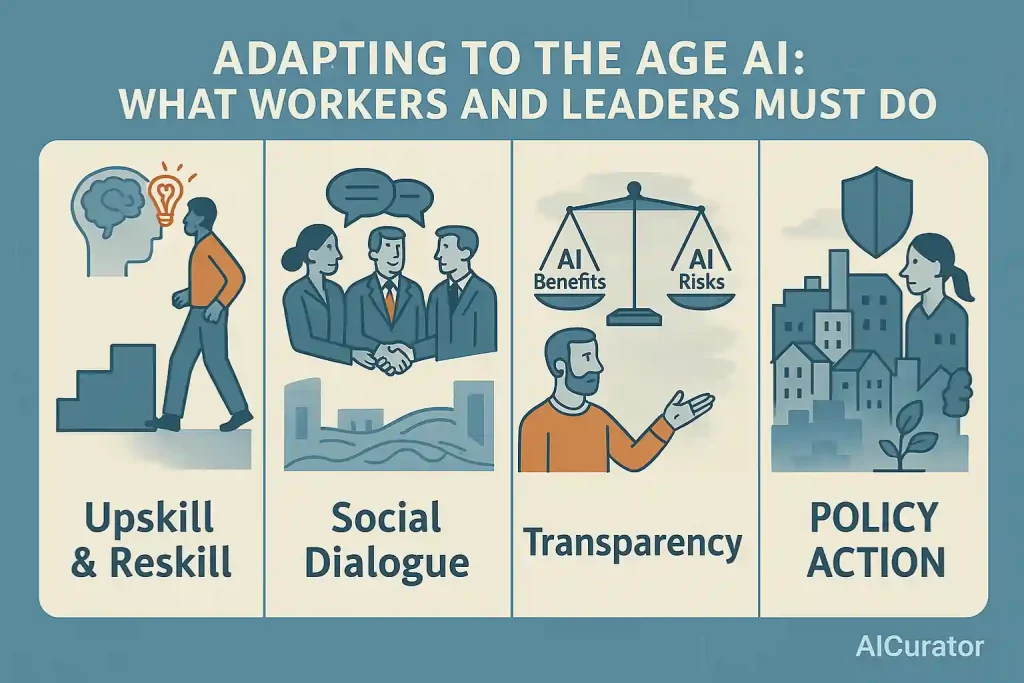
Here’s what’s recommended:
- Upskill and Reskill: Workers need to focus on skills that AI can’t easily replicate—critical thinking, creativity, emotional intelligence, and cross-disciplinary problem-solving.
- Social Dialogue: Governments, businesses, and unions must manage the transition, ensuring fair conditions and retraining support.
- Transparency: Tech leaders must be honest about AI’s limitations and risks—not just its promise.
- Policy Action: Proactive regulation and safety nets are needed to avoid a repeat of the manufacturing decline that hollowed out communities in past decades.
The Bottom Line
AI is already reshaping the job market, with entry-level white-collar roles most at risk in the short term. The next five years could see a sharp spike in unemployment if Amodei’s predictions hold—especially for the young, women, and minorities. But with the right strategies—reskilling, transparency, and smart policy—there’s a chance to turn disruption into new opportunity.
The AI revolution isn’t just about technology. It’s about who gets left behind, who adapts, and who benefits. The clock is ticking—and the future of work hangs in the balance.


